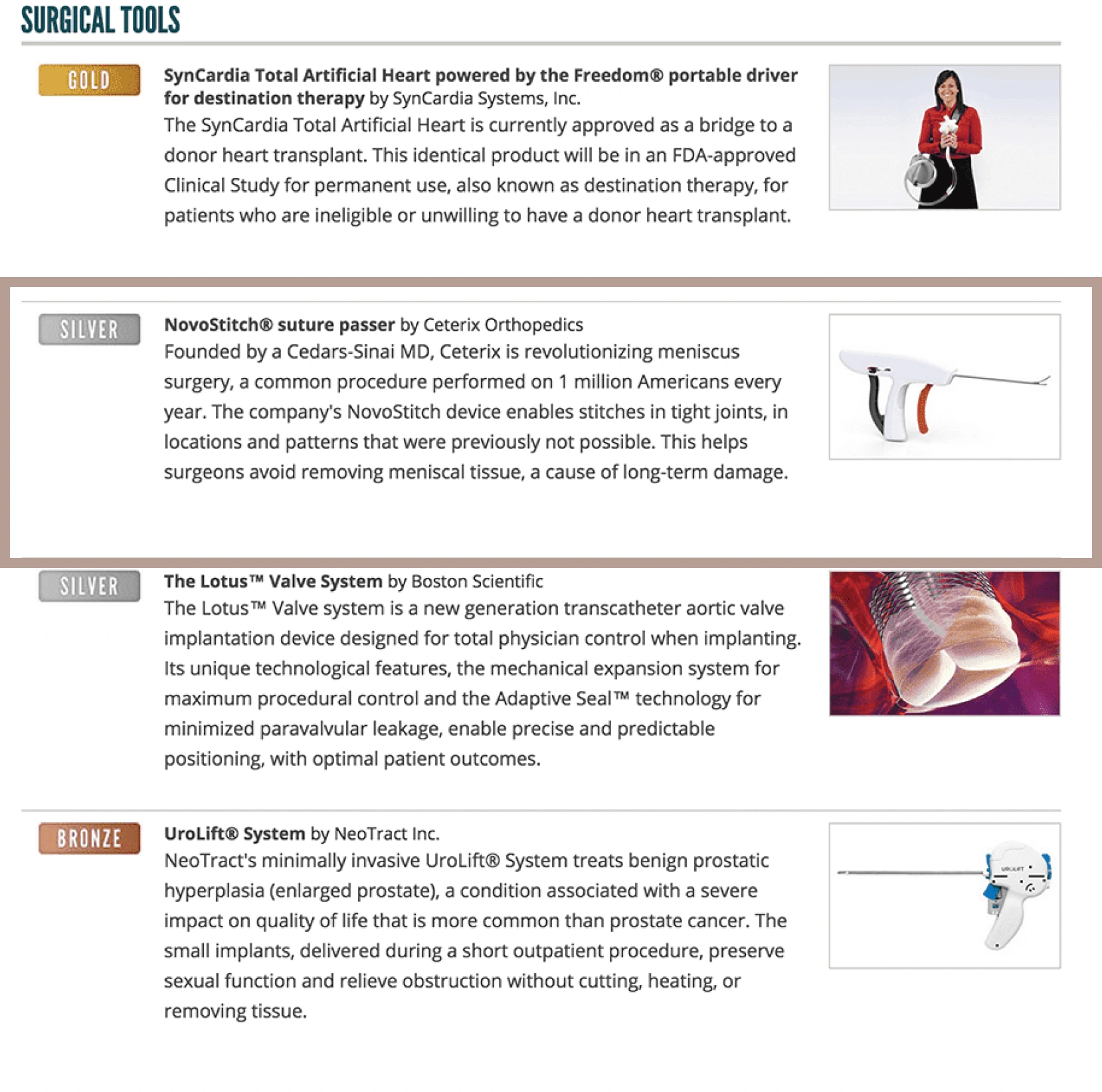Accessibility statement
We’re focused on making our website accessible and functional for all our users, including those who may have disabilities. In doing so, we look to the web content accessibility guidelines (“wcag”) 2.0, levels a and aa. We primarily use automated tools to assist in assessing and in improving the accessibility of our website. We view accessibility as an ongoing effort, and if you encounter an accessibility issue, please contact us at +1 (310) 703-5819 to work with you to resolve the issue.



